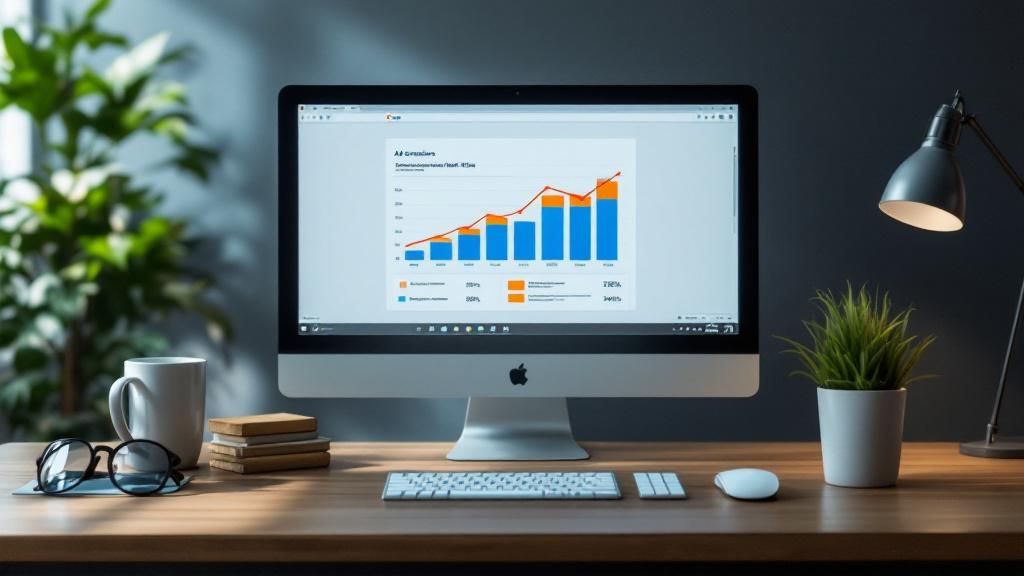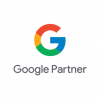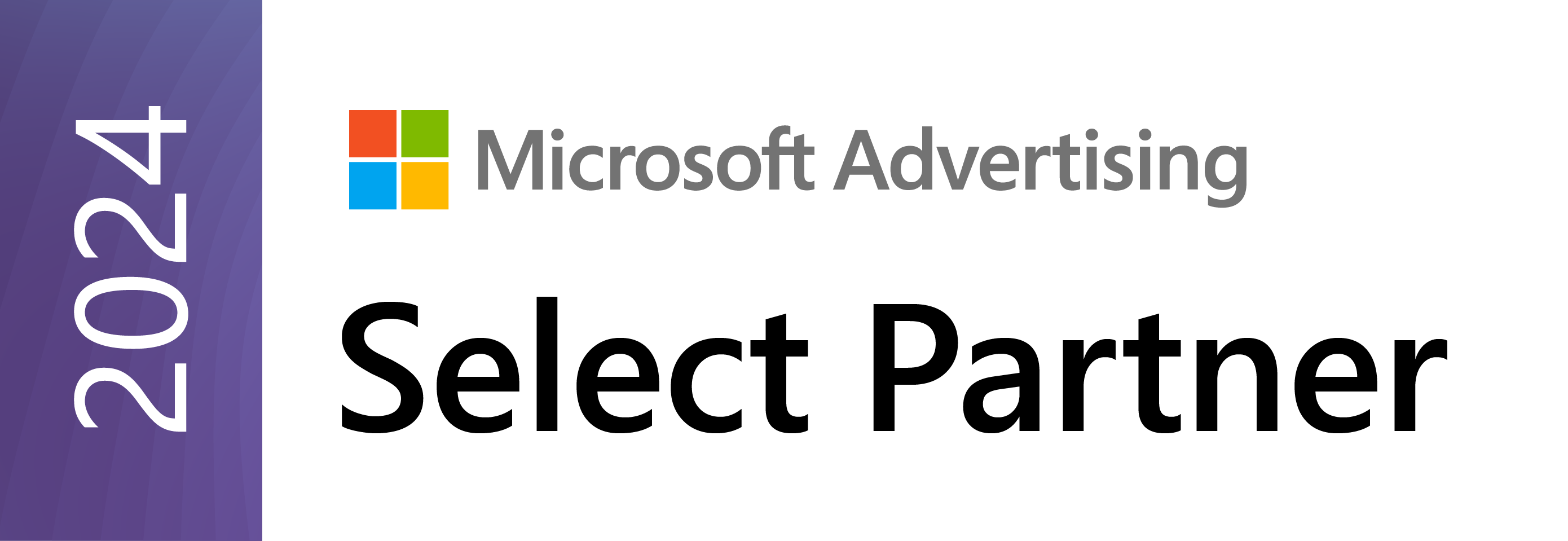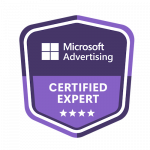
Understanding PPC Advertising Basics
Key Takeaways
-
PPC (Pay-Per-Click) advertising offers businesses a fast-track to visibility and conversions.
-
Keyword research, ad copy, and optimization are crucial to campaign success.
-
Negative keywords and clear goals help manage ad spend effectively.
-
Choosing the right platform aligns your strategy with your ideal customers.
-
Regular optimization and troubleshooting are essential for maintaining results.
If you’re wondering how to get in front of ready-to-buy customers fast, PPC (Pay-Per-Click) advertising is one of the most direct routes. Instead of waiting months for organic rankings to kick in, PPC ads let your business leapfrog to the top of search results—but only if you play your cards right. Whether you’re a small business owner in Tucson or a growing brand expanding nationwide, this guide will walk you through the essentials of launching, optimizing, and scaling a PPC campaign that delivers real ROI.
What Is PPC and Why It Works for Small Businesses
PPC is a model where advertisers pay a fee each time their ad is clicked. Rather than earning visits organically, you purchase them by bidding on keywords related to your business. It’s ideal for:
-
Targeting ready-to-buy users
-
Getting fast, measurable results
-
Controlling advertising budgets
PPC is especially powerful for small businesses that need visibility now and can’t afford to wait for SEO gains.
Benefits at a Glance:
-
Instant visibility on search engines
-
Flexible budgeting with full cost control
-
Highly targeted reach to local or niche markets
-
Real-time performance tracking and data insights
Laying the Groundwork: What to Do Before You Launch
Before your first ad ever goes live, groundwork is essential. Here’s how to set your campaign up for success:
1. Conduct Keyword Research
Use tools like Google Keyword Planner to find terms people use when searching for your services. Prioritize:
-
High-intent phrases (“emergency AC repair Tucson”)
-
Long-tail keywords with lower competition
-
Seasonal or location-based variations
2. Create Compelling Ad Copy
Focus on unique selling points, emotional appeal, and clear calls-to-action. Don’t just say “We offer roofing services” – try “Affordable Roof Repair with Same-Day Service.”
3. Use Negative Keywords
These prevent your ad from showing on irrelevant searches. Example: a luxury spa might use “cheap” as a negative keyword.
4. Set Clear Campaign Objectives
What’s the goal?
-
Website visits
-
Online purchases
-
Phone calls
-
Newsletter sign-ups
Clear goals help you structure your campaign, write better ads, and track success more accurately.
5. Prepare for Ongoing Optimization
PPC isn’t set-it-and-forget-it. You’ll need to track performance and refine:
-
Keywords
-
Ad headlines
-
Landing pages
Step-by-Step: Building a PPC Campaign That Converts
Here’s how to put everything into action:
1. Define Your Goals
Start by deciding what success looks like. Lead generation? Online sales? Local calls? Your goals shape every other step.
2. Choose the Right Platform
-
Google Ads for intent-based search queries
-
Facebook/Instagram for visual branding and behavior-based targeting
-
YouTube for video engagement
-
LinkedIn for B2B targeting
3. Set Campaign Dates and Budgets
Define a realistic daily budget. You can pause, increase, or decrease your spend anytime.
4. Structure Your Campaign
Organize by themes:
-
Campaign: Roofing Services
-
Ad Group 1: Emergency Roof Repair
-
Ad Group 2: Roof Installation
-
5. Write Effective Ad Copy
Use A/B testing to test headlines and descriptions. Strong copy directly impacts click-through and conversion rates.
6. Launch and Monitor
Watch metrics closely during the first 1–2 weeks to ensure your settings are working as intended.
Expert-Level Tips to Elevate Your PPC Game
Once your campaign is up and running, these tactics can take your results further:
Prioritize Keyword Maintenance
-
Add new relevant terms monthly
-
Remove underperformers
-
Keep track of trends and local events that affect search behavior
Match Search Intent with Ad Message
Align keywords with the right messaging. For example:
-
Search: “Affordable digital marketing Tucson“
-
Bad Ad: “Award-winning creative agency”
-
Better Ad: “Affordable Digital Marketing Services in Tucson”
Use FOMO and Urgency in Ads
Limited-time offers, countdowns, or “only 3 spots left” messaging drives action.
Set a Routine Optimization Schedule
-
Weekly: Check keyword performance
-
Bi-weekly: Test new ad variations
-
Monthly: Review landing page metrics
-
Quarterly: Revisit your audience and offer
Fixing What’s Broken: Troubleshooting Common PPC Issues
Even great campaigns hit snags. Here’s how to fix common problems:
1. Mismatch Between Ad Copy and User Intent
If users bounce after clicking, your message may be off. Review your search terms and tailor ad copy accordingly.
2. Irrelevant Traffic from Broad Keywords
Use more specific long-tail keywords to narrow down your audience and increase conversion.
3. Low Conversion Rate
Consider landing page improvements: faster loading, clearer CTA, more trust elements (like reviews).
4. Low Click-Through Rate (CTR)
Test new headlines, switch up CTAs, or emphasize pricing/offers to grab attention.
Exploring Non-PPC Options (And How They Work Together)
While PPC is powerful, it’s not the only path to digital growth. Smart businesses use PPC alongside these alternatives:
SEO (Search Engine Optimization)
Long-term traffic strategy that builds authority and complements paid ads.
Content Marketing
Blog posts, guides, and videos that build trust and boost organic visibility.
Social Media Advertising
Ideal for brand awareness and targeting users based on interests or demographics.
Email Marketing
Follow up with leads from your PPC campaigns to increase lifetime value.
Influencer Collaborations
Tap into niche audiences with trusted voices promoting your brand.
Integrated strategies yield the best results—and PPC can often serve as the “tip of the spear” for quicker wins.
Smarter Advertising for Local Growth
Whether you’re a roofer, lawyer, medspa, or eCommerce startup, PPC offers a flexible and data-driven way to reach your goals. But success depends on thoughtful planning, accurate tracking, and regular iteration. Need help navigating the PPC landscape? CS Design Studios in Tucson has helped countless businesses turn clicks into customers through high-performing ad campaigns tailored to their goals and budgets.
If you’re ready to stop wasting budget and start seeing returns, working with a team that understands both the creative and strategic sides of PPC can make all the difference.
Frequently Asked Questions
What is the difference between PPC and SEO?
PPC involves paying for ad placements, while SEO focuses on improving organic (unpaid) search rankings. PPC yields faster results, but SEO builds long-term value.
How much should I spend on PPC each month?
Start with a budget that’s sustainable—even $500 can deliver value if targeted well. Adjust based on performance and goals.
What does a good PPC conversion rate look like?
This varies by industry, but a 2–5% conversion rate is a solid benchmark. Some highly optimized campaigns go well beyond that.
How long before I see results from a PPC campaign?
PPC can drive traffic immediately, but it often takes 2–4 weeks of testing and optimization to start seeing consistent returns.
Can I manage PPC myself or should I hire an expert?
While DIY is possible, PPC requires ongoing monitoring and adjustment. Many businesses save money in the long run by working with experienced teams like CS Design Studios.





